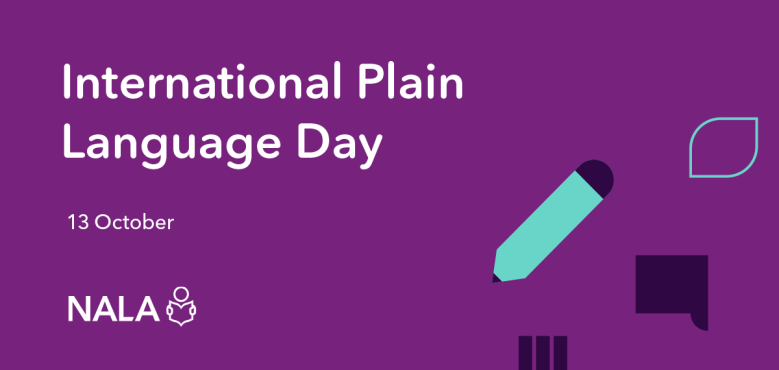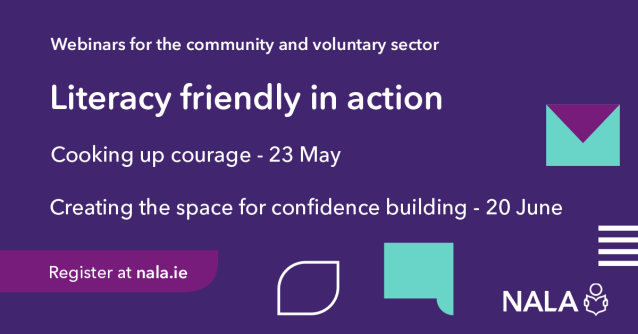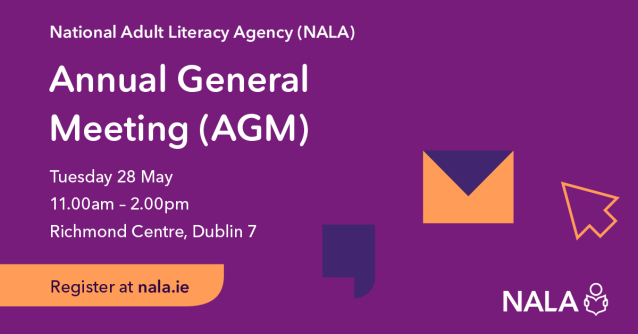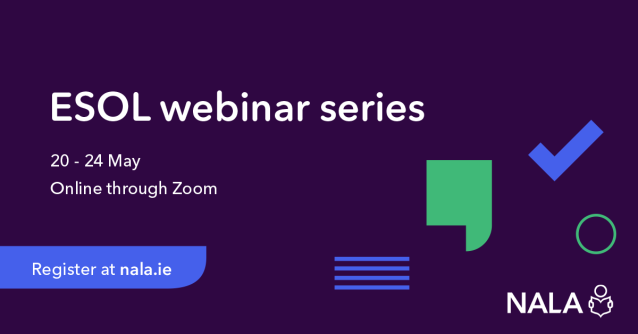Happy International Plain Language Day!

Today, 13 October, marks International Plain Language Day. It is a great time for you to think about how to use plain language to make sure you are communicating clearly.
This year was also a very exciting year for plain language as the world’s first ISO (International Standards Organization) standard for plain language was published. For communicators this standard provides nearly universal plain language principles, guidelines and techniques to create accessible and effective communications.
Find out more about the ISO standard
What is plain language?
A communication is in plain language if its wording, structure, and design are so clear that the intended readers can easily find what they need, understand what they find, and use that information.
Source: The International Plain Language Federation
At the National Adult Literacy Agency (NALA), we continue to advocate for the use of plain language and plain English. We provide a range of Plain English services including editing and training.
How do I find out more about plain English?
Want to use plain English to help your reader get your message exactly as you intended? There are lots of ways to build up your skills.
Join the NALA Plain English Network on LinkedIn where we share tips, resources, latest developments.
Register for NALA’s Becoming literacy friendly online course which help you to use a literacy friendly approach in your work and learn about how to use plain English.
Sign up to NALA’s next Online Plain English Training on 8 November.
Or, read some of our top tips below.
The top five plain English writing tips
Here are some tips that can help you use plain English in your writing.
1. Think of the person you are writing to and why you are writing
Ask yourself what words or concepts your reader is likely to know and what tone and level of detail is suitable and what message you want them to get from your information.
2. Be personal and direct
Use ‘we’ for your organisation and ‘you’ for the reader. As much as possible, say who is doing what, for example ‘We will send you a letter’ instead of ‘A letter will be sent’.
3. Keep it simple
Try not to inflict corporate language on the public. It doesn’t serve them or your organisation’s reputation! Avoid other complicated and foreign terms if you can use a plainer alternative to get your message across just as accurately.
4. Define or spell out any necessary jargon and abbreviations
If you must use a technical word, define it the first time you use it. The same applies to abbreviations – spell them out, especially if you intend to use them several times.
5. Keep sentences to an average of 15 to 20 words
Think about the point you want each sentence to make and stick to it. Try not to pad out your message with wordy and formal phrases such as ‘in the event of’, ‘in accordance with’ or ‘subsequent to’.





